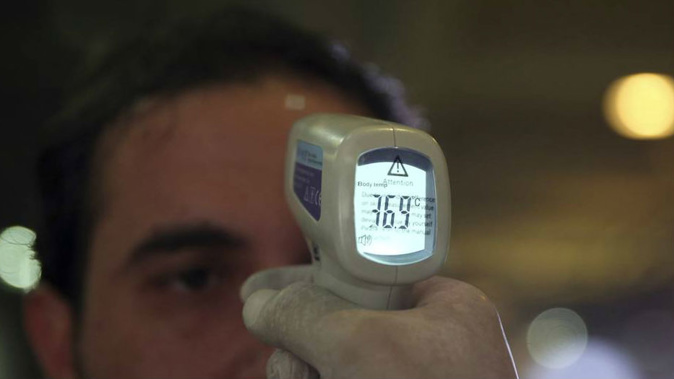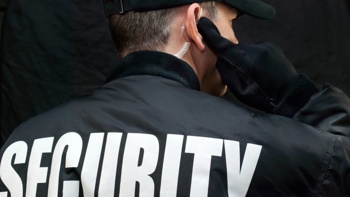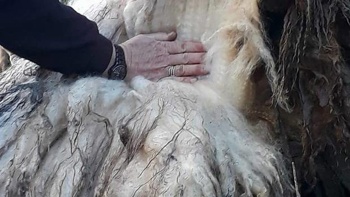
New Zealand recorded its second confirmed case of Covid-19 today, after 160 negatives. How are these tests carried out? Science reporter Jamie Morton explains.
How many people have tested positive here?
To date, about 160 people have been tested for Covid-19, of which two have returned positive results. Globally, there are now more than 92,000 confirmed cases.
The first New Zealand case, announced Friday, was a man in his 60s who had recently returned from Iran. He remains in a negative-pressure room at Auckland City Hospital.
The second, announced today, was a woman who returned to Auckland from holiday in northern Italy via Singapore on February 25, before travelling to Palmerston North and returning to Auckland on Air New Zealand flights.
She is in self-isolation at home. Her partner, also in isolation, is showing symptoms as well.
Have some people been refused testing?
There have been reports of recently-returned travellers –some of them feeling unwell - requesting tests and being declined.
Today, Director-General of Health Ashley Bloomfield said the fact there had been 160 tests and only two positive ones meant "we are testing people who might not quite fit the case definition but there's enough suspicion".
He said the criteria for symptoms was not rigid, and clinical judgement was needed as well as a discussion with an infection diseases specialist.
"If there's any doubt, and we saw this with the first case, the clinicians will test."
So what is the case definition?
The Ministry of Health has distributed provisional criteria for cases that require testing, which are split across several categories.
Its "epidemiological criteria" is for patients who have either travelled to or from countries or areas of concern for Covid-19 within 14 days before the onset of illness, or have had close contact with a confirmed case within two weeks of them becoming unwell.
"Close contact" ranged from coming into contact with the person's bodily fluids, to having spent two hours or longer in the same room, seated within two rows of them on a flight, or having been face-to-face with them for more than 15 minutes.
Its "clinical criteria" was for people with fever or a history of fever, and acute respiratory infection, with either shortness of breath, cough or a sore throat.
How is it confirmed in testing?
Labs need to detect the SARS-CoV-2 - the virus causing Covid-19 – from a clinical specimen through a molecular test that picks up genetic material, and then confirm it using a second specific genomic target.
They can also confirm it by carrying out a pan-coronavirus test - which tests for all strains of the virus including the common cold – and then confirming SARS-CoV-2 through sequencing.
Cases were also classified in different ways.
One was "under investigation" if it had been notified but there wasn't yet enough information, and "suspect" if it had met both the clinical and epidemiological criteria.
It became "probable" if both those criteria were met, other possibilities had been excluded, and lab results had turned up suggestive evidence, and finally, "confirmed", when the lab had definitive evidence.
What about reports of 'false negatives'?
New Zealand's first case had to be tested three times before returning a positive result – the first two were from a throat sample, but a third was carried out when symptoms of a lung infection emerged.
Overseas, there have been cases of people having up to six negative results before finally being diagnosed.
Using the diagnostic test developed by the US Centers for Disease Control and Prevention, a negative result meant SARS-CoV-2 wasn't found in the person's sample.
But in the early stages of infection, it was possible the virus might not be detected.
Other reasons for those reported false-negatives might be due to the way those tests were carried out – or that there was a poor genetic match between a section of selected code in the virus, and the virus in the patient.
If a person returned negative results while experiencing symptoms of suspected Covid-19, it likely meant that it wasn't causing their illness.
Take your Radio, Podcasts and Music with you









